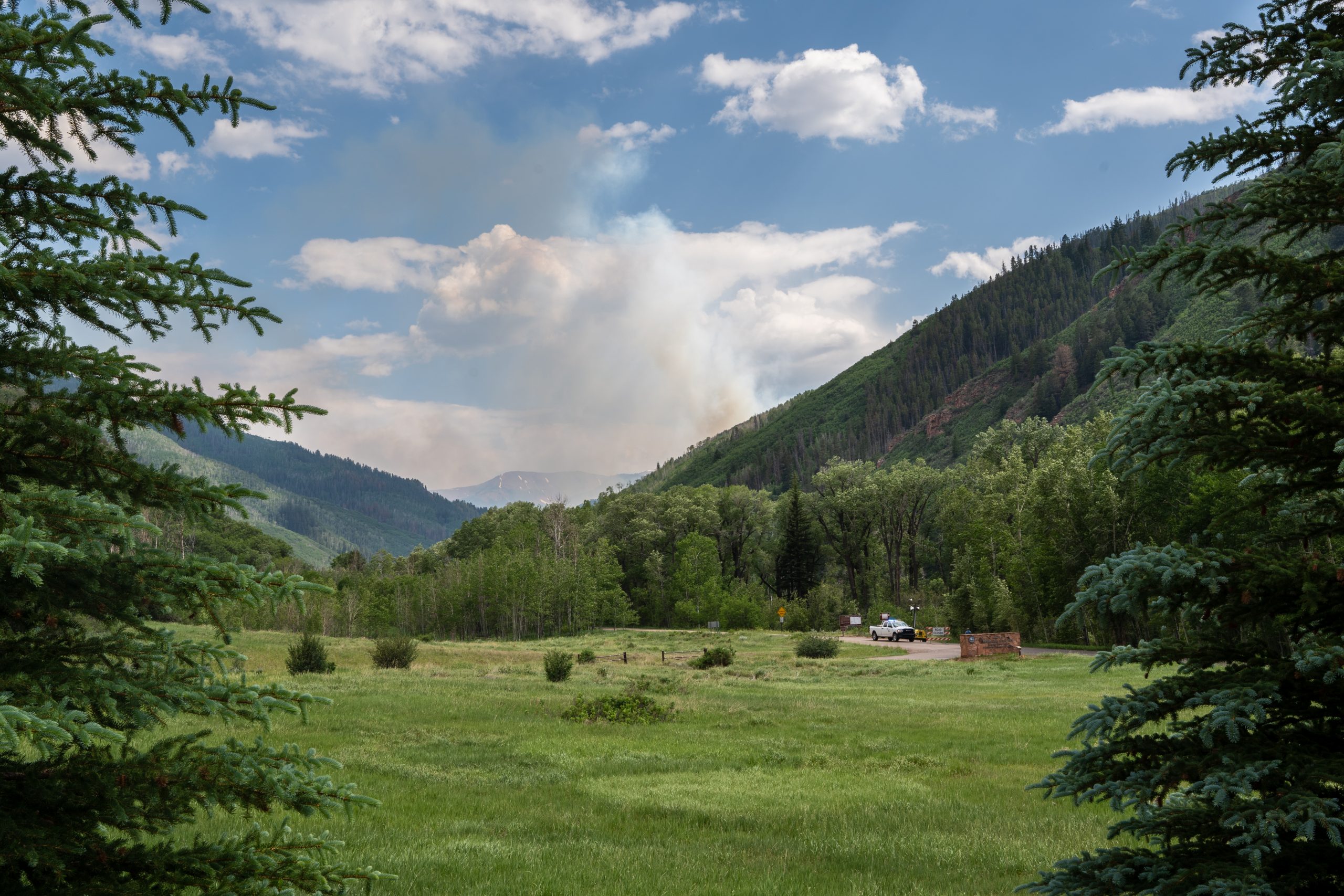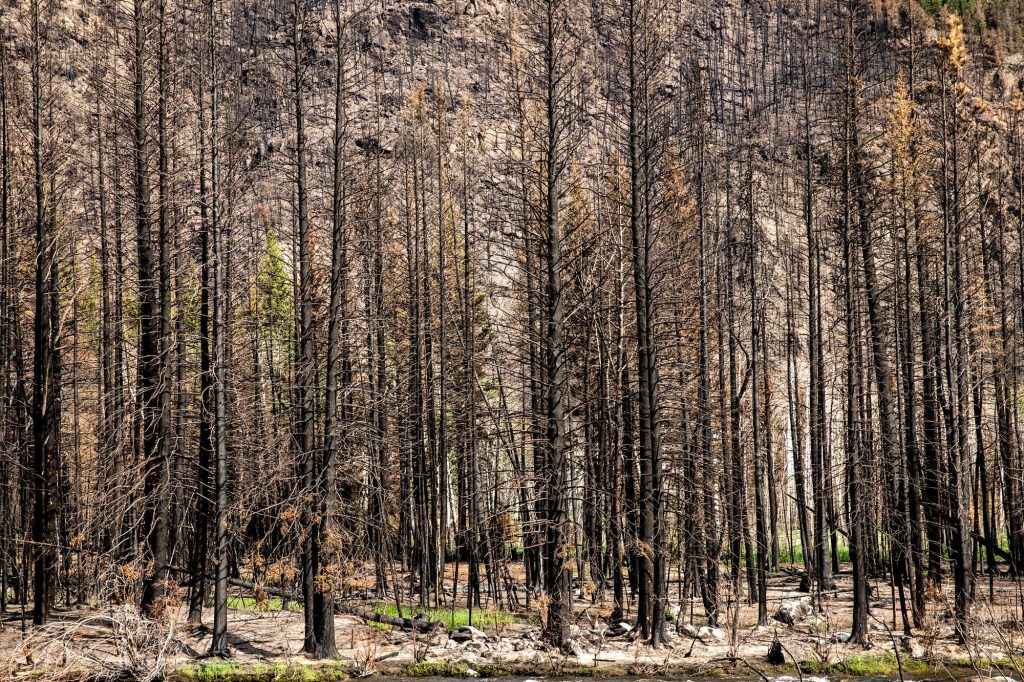
Firefighters battled gusty winds and hot temperatures Tuesday as they tried to slow the spread of the Sylvan fire south of Eagle, Colo.
The fire was sparked Sunday, possibly due to a lightning strike according to federal fire officials, and emergency authorities have encouraged residents in the area to voluntarily evacuate — and prepare for mandatory evacuation orders.
Smoke was visible in Eagle and the area near Vail Pass. State air regulators are cautioning people in nearby Routt County about unhealthy air due to smoke from the fire and several others burning across the state. Firefighters were trying to keep the Sylvan fire north of Snowmass, Woody Creek and Basalt.
Helicopters and other aircraft have been called in to help about 75 firefighters working on the ground, but the fire intensified throughout the day on Tuesday. Crews worked to encircle the fire, which was burning in sparsely populated spruce and fir forests that have dried out due to the prolonged drought that has gripped western Colorado, said David Boyd, a public affairs officer with the White River National Forest.
“We knew going into this year we were drier than normal,” Boyd said. “We’re definitely seeing an earlier start to the fire season this year.”
Over decades, wildfire activity in Colorado and other western states has worsened due to climate change, which fuels warmer, drier conditions, more drought and a longer fire season, research shows. Climate change — primarily driven by human-caused greenhouse gas emissions — is also likely responsible for an uptick in extreme wildfire behavior, including fast-moving, destructive blazes like 2020’s East Troublesome Fire.

Dave Schulman lives in Vail, and owns a ranch in Eagle down the road from where the Sylvan Fire is burning. On Tuesday he said he had gathered some friends and rushed out when he spotted the fires on his ranch’s security cameras this week.
“When we saw the fiery flames, we drove out here with hopes of getting some of our stuff out… tools, equipment, stuff of value,” he said. “This was unwelcome and surprising.”
Other fires burning in the state include the Muddy Slide fire, south of Steamboat Springs. Smoke from that blaze and the Sylvan fire was visible over Boulder and Denver Tuesday evening. Smoke from the Oil Springs fire near Rangely was also moving east on Tuesday.









